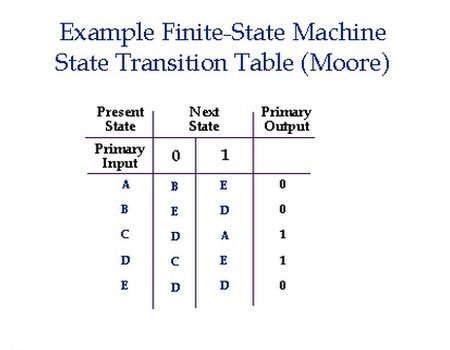
Software testing as a part of the IT-sphere handles a great amount of information. Firstly, a specialist should get acquainted with the project documentation for the qualitative and effective execution of certain tasks.
Also, it is important to possess a good theoretical basis, to get familiar with the additional techniques and practices, to learn more and more principles of the software testing types. Software testing company promotes the professional growth of its employees in all possible ways.
Information can be introduced in various forms. This may be a scheme, diagram, table, and so on. Executing functional testing, an expert may use a state transition diagram or table. Each person chooses a convenient way of the information organization.
The state transition table consists of the specified number of elements, each of which performs its function and contains information about one of the system aspects.

What Does the State Transition Table Consist of?
- The current system state
- An event (an operation that modifies the current system state)
- An action (takes place out of the system)
- The following state (caused by the event)
A table clearly illustrates all possible combinations of the transition states in the form of a list. The scenarios of the system activity during the incorrect data input or the previous actions cancellation are also contained here.
With the help of the transition table, one may detect such combinations of the system state changes which were not specified in the requirements and specification. It is of great importance to reveal them before the indirect beginning of the code writing.
The main disadvantage of the transition table is its size. A table may be too large because of the significant amount of states and events which may permanently change.
Whether it is automated testing or manual testing, a specialist should use the appropriate principles and methods of checking.
